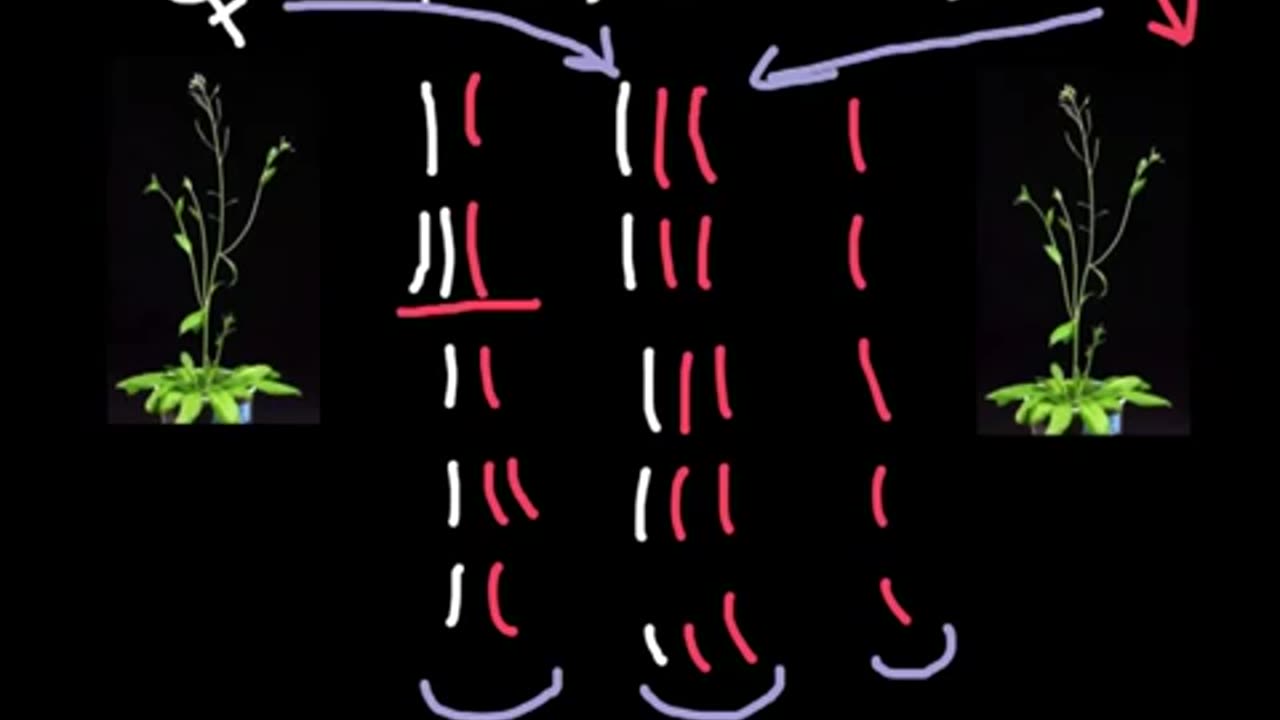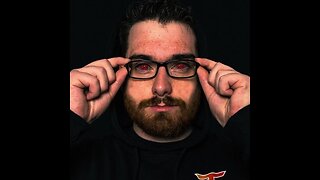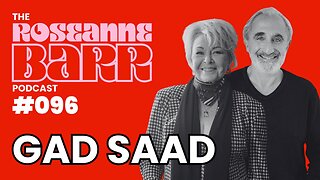Premium Only Content

Triploidy or Trisomy what is the difference?
A trisomy is a type of polysomy in which there are three instances of a particular chromosome, instead of the normal two. A trisomy is a type of aneuploidy (an abnormal number of chromosomes).
Description and causes
Most organisms that reproduce sexually have pairs of chromosomes in each cell, with one chromosome inherited from each parent. In such organisms, a process called meiosis creates cells called gametes (eggs or sperm) that have only one set of chromosomes. The number of chromosomes is different for different species. Human beings have 46 chromosomes (i.e. 23 pairs of chromosomes). Human gametes have only 23 chromosomes.
If the chromosome pairs fail to separate properly during cell division, the egg or sperm may end up with a second copy of one of the chromosomes. (See non-disjunction.) If such a gamete results in fertilization and an embryo, the resulting embryo may also have an entire copy of the extra chromosome.
Terminology
"Full trisomy" means that an entire extra chromosome has been copied. "Partial trisomy" means that there is an extra copy of part of a chromosome. Trisomies are sometimes characterised as "Autosomal trisomies" (trisomies of the non-sex chromosomes) and "Sex-chromosome trisomies." Autosomal trisomies are described by referencing the specific chromosome that has an extra copy. Thus, for example, the presence of an extra chromosome 21, which is found in Down syndrome, is called trisomy 21.
Polyploid cells and organisms are those containing more than two paired (homologous) sets of chromosomes. Most eukaryotic species are diploid, meaning they have two sets of chromosomes — one set inherited from each parent. However polyploidy is found in some organisms and is especially common in plants. In addition, polyploidy also occurs in some tissues of animals who are otherwise diploid, such as human muscle tissues.This is known as endopolyploidy. (Monoploid organisms also occur; a monoploid has only one set of chromosomes. These include the vast majority of prokaryotes.)
Polyploidy refers to a numerical change in a whole set of chromosomes. Organisms in which a particular chromosome, or chromosome segment, is under- or overrepresented are said to be aneuploid (from the Greek words meaning "not," "good," and "fold"). Therefore the distinction between aneuploidy and polyploidy is that aneuploidy refers to a numerical change in part of the chromosome set, whereas polyploidy refers to a numerical change in the whole set of chromosomes.
Polyploidy may occur due to abnormal cell division, either during mitosis, or commonly during metaphase I in meiosis.
Polyploidy occurs in some animals, such as goldfish, salmon, and salamanders, but is especially common among ferns and flowering plants (see Hibiscus rosa-sinensis), including both wild and cultivated species. Wheat, for example, after millennia of hybridization and modification by humans, has strains that are diploid (two sets of chromosomes), tetraploid (four sets of chromosomes) with the common name of durum or macaroni wheat, and hexaploid (six sets of chromosomes) with the common name of bread wheat. Many agriculturally important plants of the genus Brassica are also tetraploids. Polyploidization is a mechanism of sympatric speciation because polyploids are usually unable to interbreed with their diploid ancestors.
Polyploidy can be induced in plants and cell cultures by some chemicals: the best known is colchicine, which can result in chromosome doubling, though its use may have other less obvious consequences as well. Oryzalin also will double the existing chromosome content.
-
 13:42
13:42
SantaSurfing
3 hours ago4/24/2025 - Part 1 on Endless Frontiers Efficient & Powerful Tesla Homes! Revolutionary!
3.35K10 -
 1:25:56
1:25:56
vivafrei
4 hours agoJudge Cano BANNED from the Bench! Is That the COVER-UP? Tariffs, Trans in Military & Fall of Canada!
72.1K25 -
 47:49
47:49
Candace Show Podcast
2 hours agoShannon Sharpe Out At ESPN. I Taylor Swift Subpoena Incoming. | Candace Ep 182
16.8K39 -
 DVR
DVR
Ark of Grace Ministries
7 hours agoProphecy Fulfilling The Pope Has Passed Over & A Great Shaking In The Earth
6.29K9 -
 LIVE
LIVE
Spartan (Pro Halo esports Player)
2 hours agoSdcrims no comms, then College match
145 watching -
 36:41
36:41
Kimberly Guilfoyle
2 hours agoBorder Security is National Security, Interview with Tyler O'Neil | Ep216
38.2K8 -
 1:12:19
1:12:19
Dr. Drew
1 day agoLIVE From Washington DC w/ Harmeet Dhillon & DOJ Attorney Michael Gates – Ask Dr. Drew
25.5K6 -
 LIVE
LIVE
LFA TV
20 hours agoALL DAY LIVE STREAM - 4/24/25
568 watching -
 2:20:24
2:20:24
The Quartering
6 hours agoBombshell Karmelo Anthony Update, Star Wars New Low, Gays Buying Babies Nintendo Switch Drama & More
136K44 -
 1:16:43
1:16:43
Roseanne Barr
4 hours ago $7.53 earnedAnd Gad Saad let there be light | The Roseanne Barr Podcast #96
37.1K17